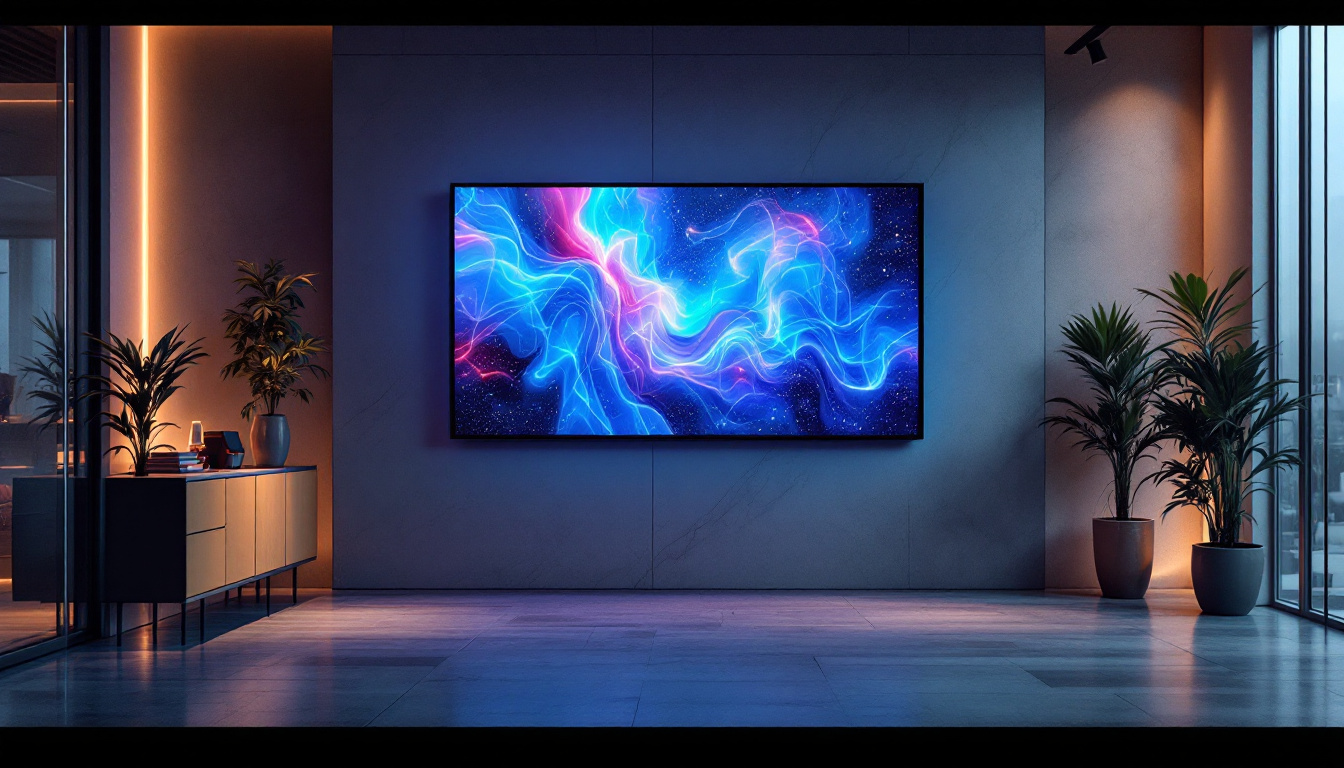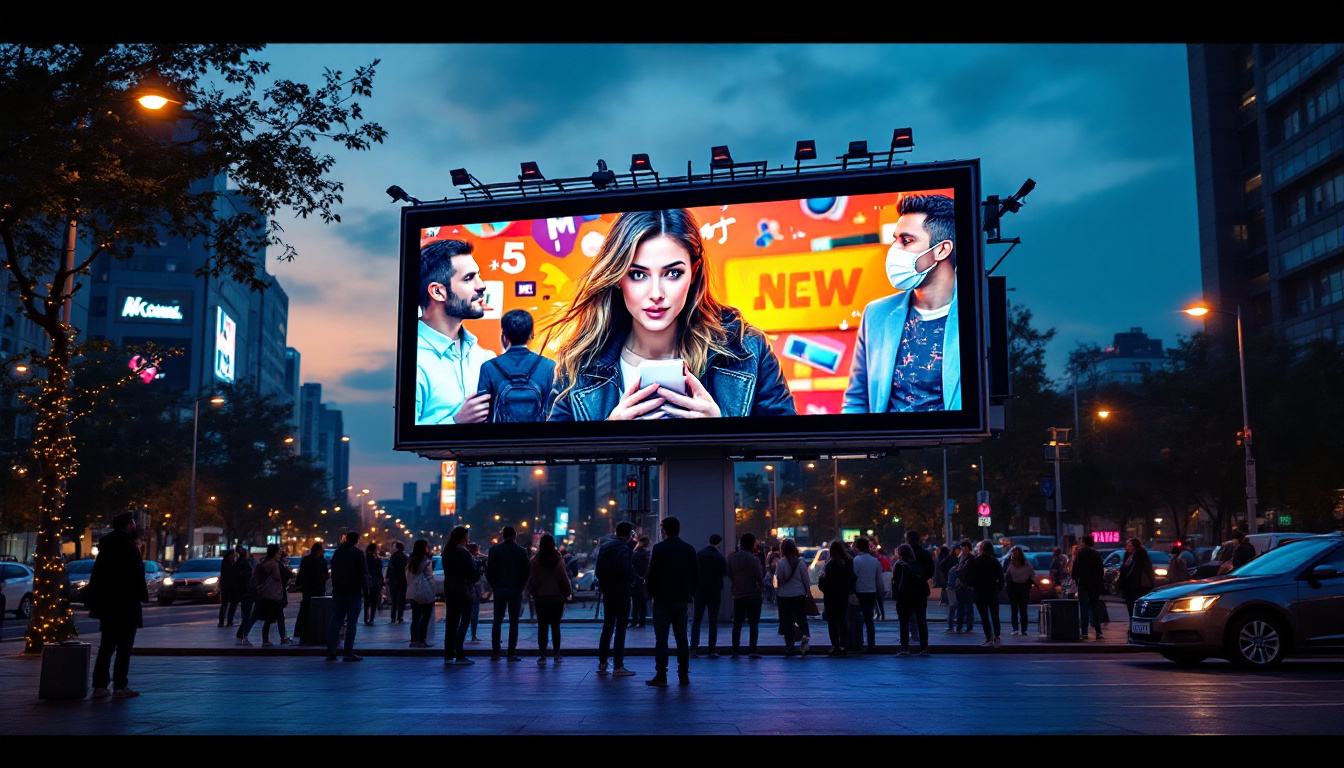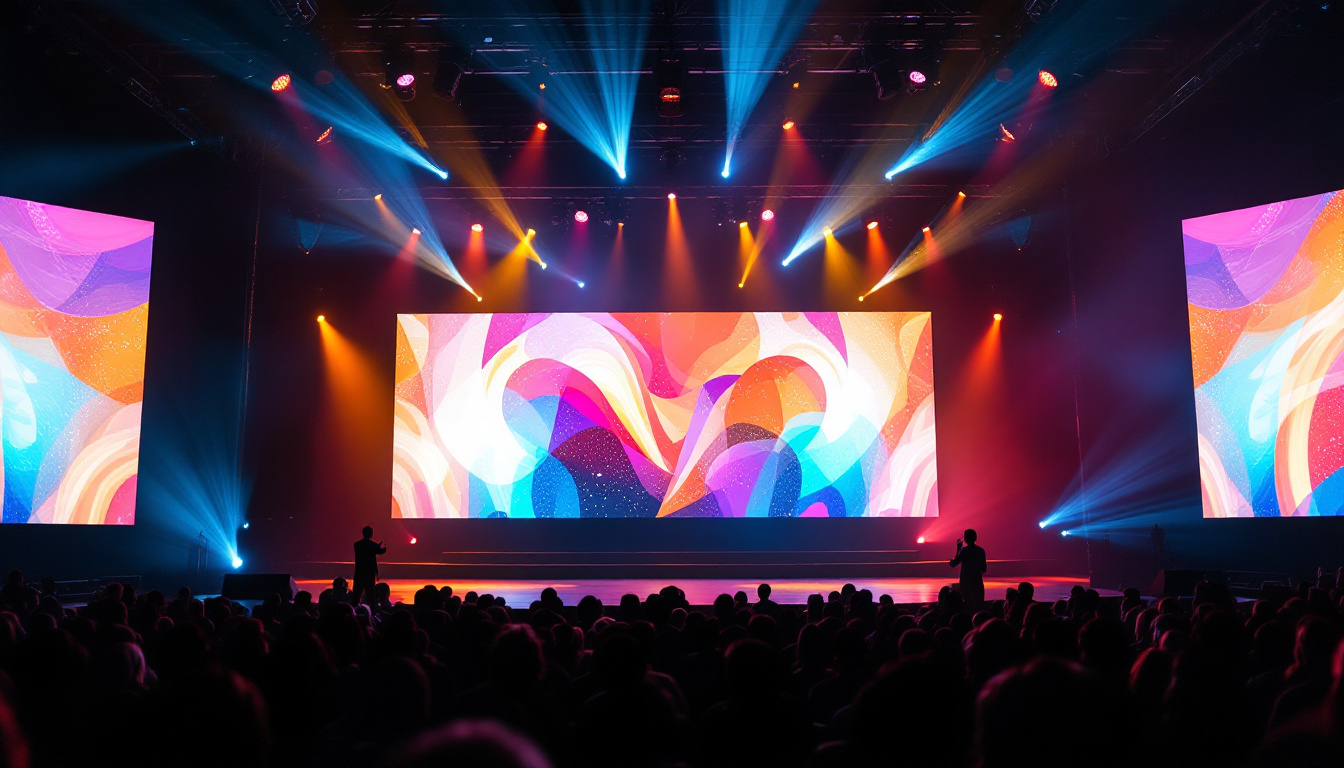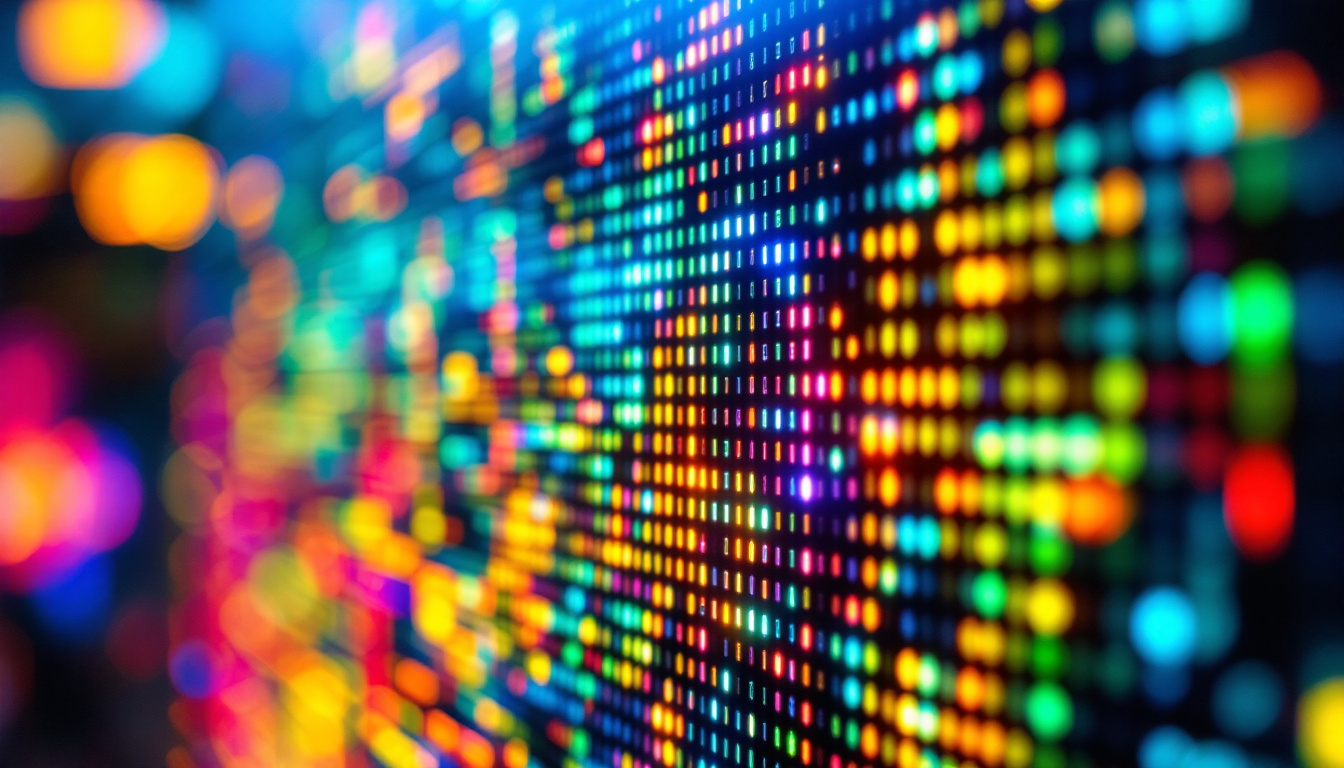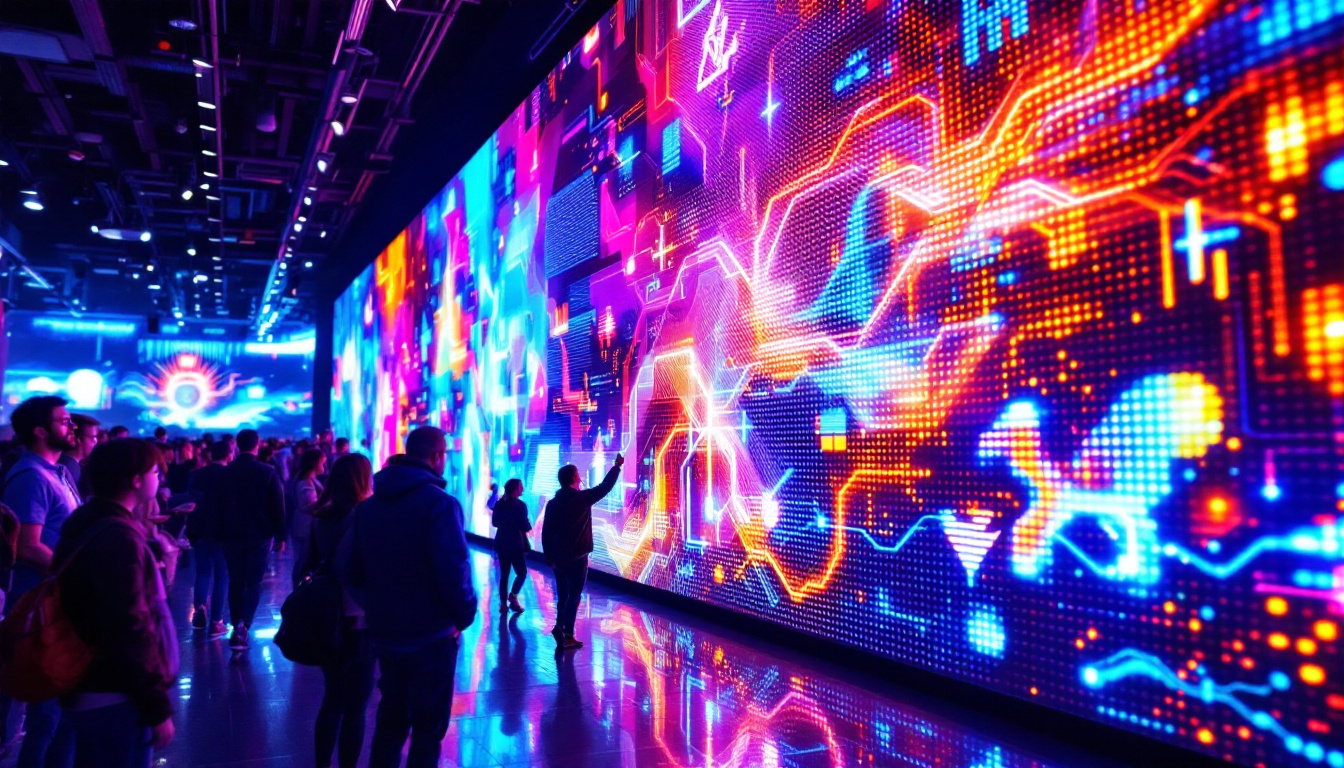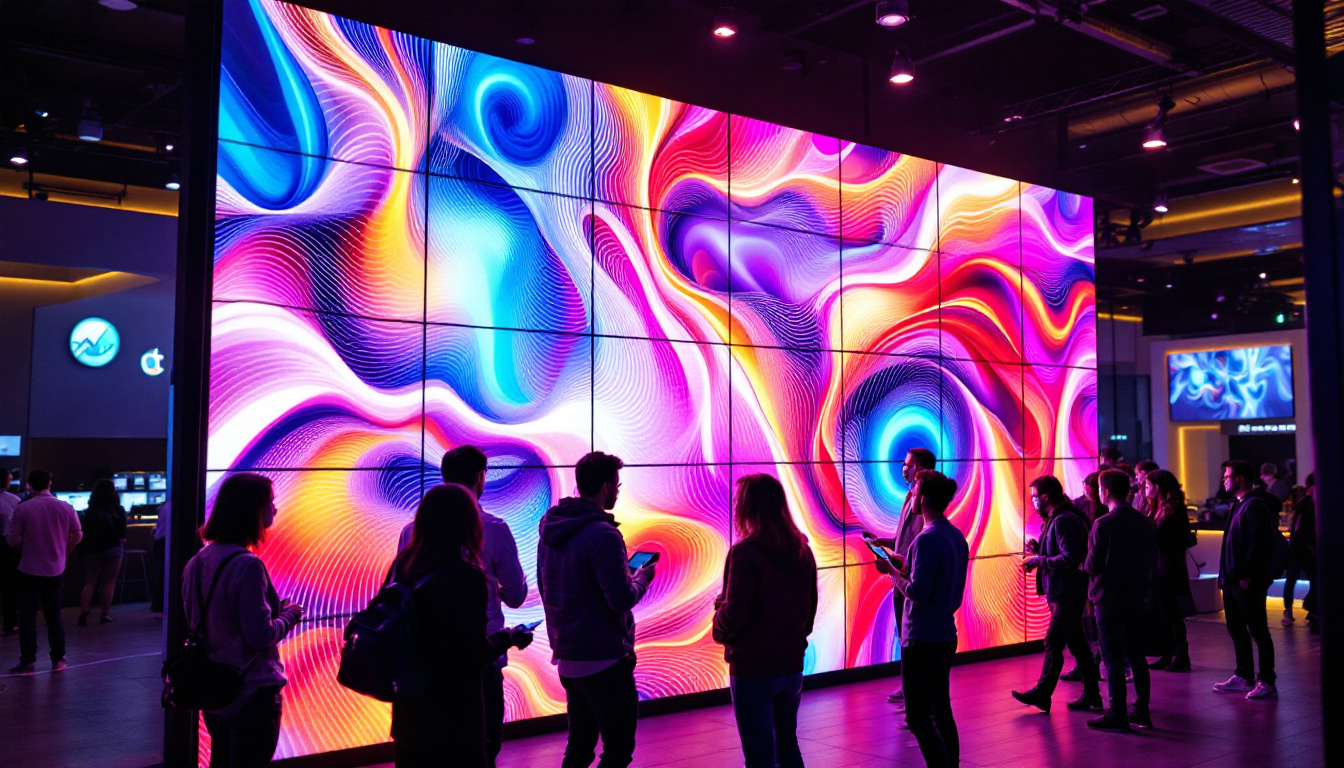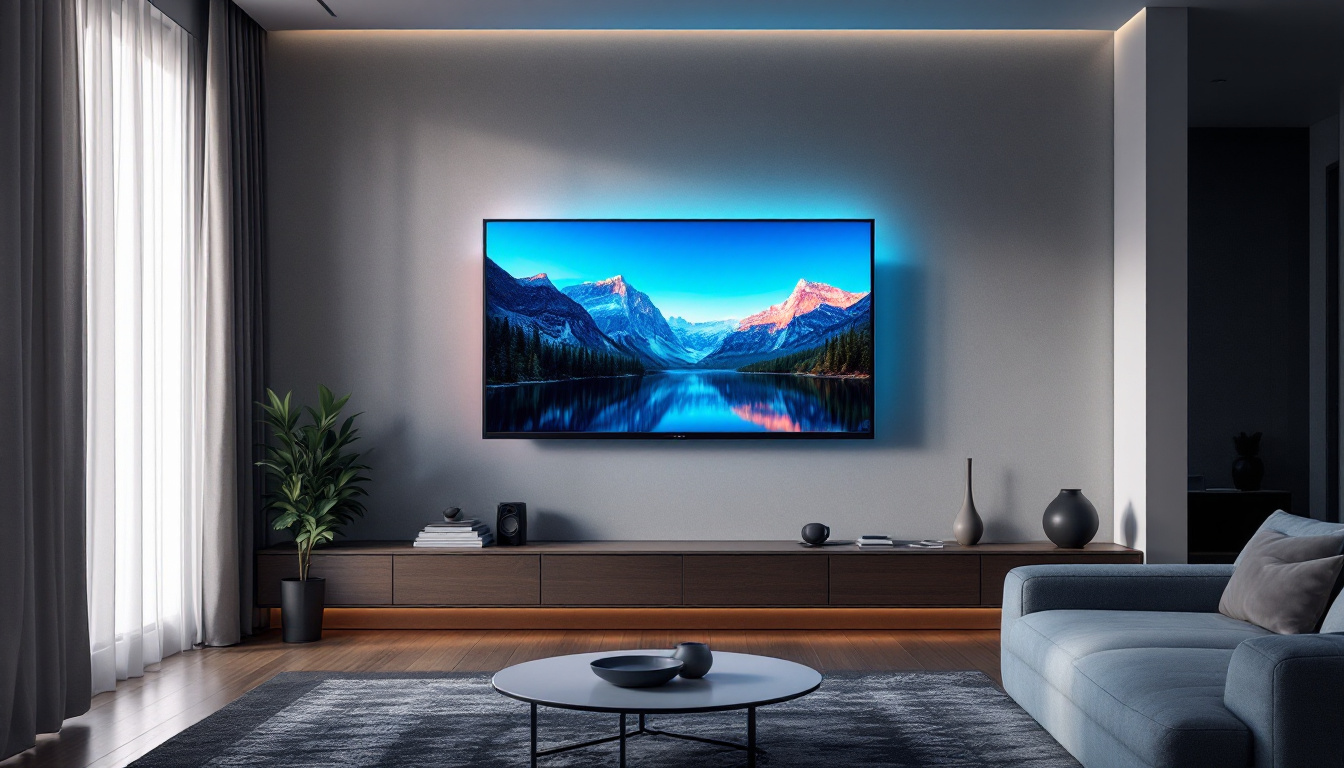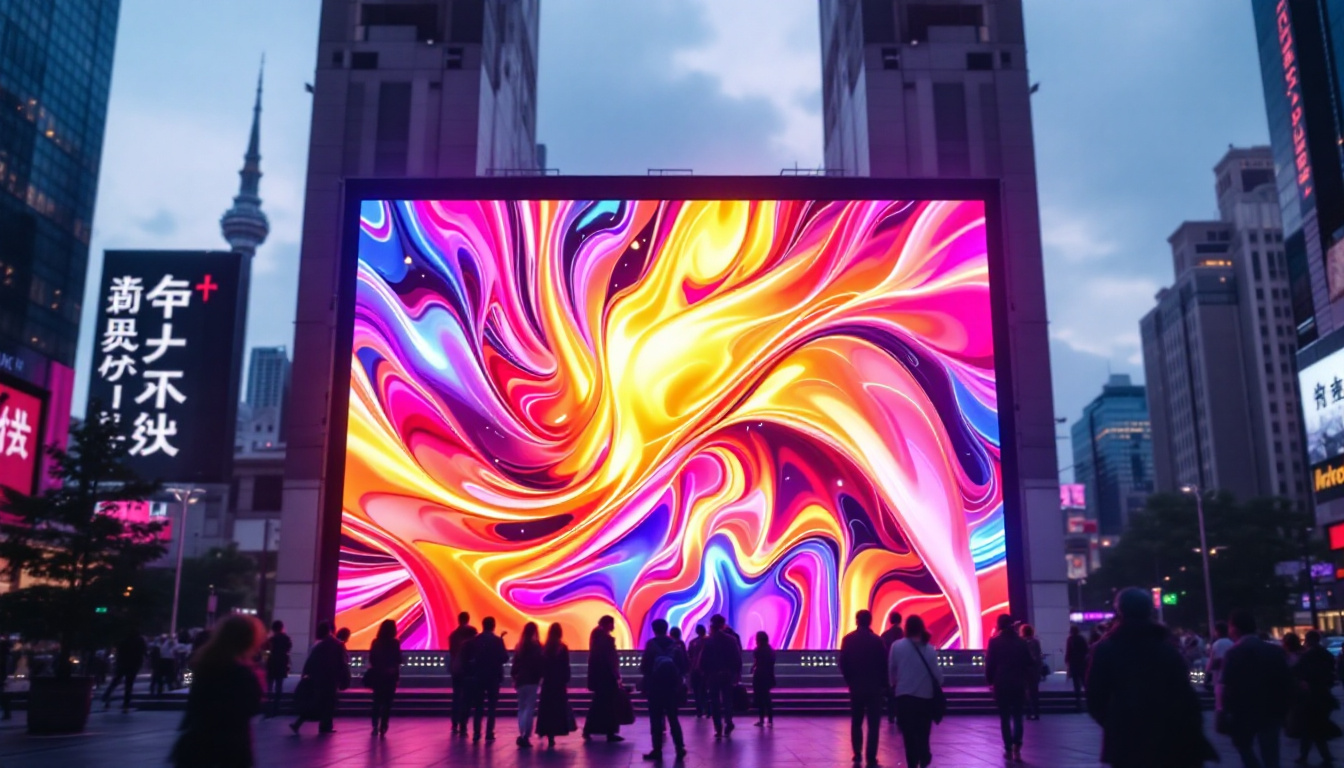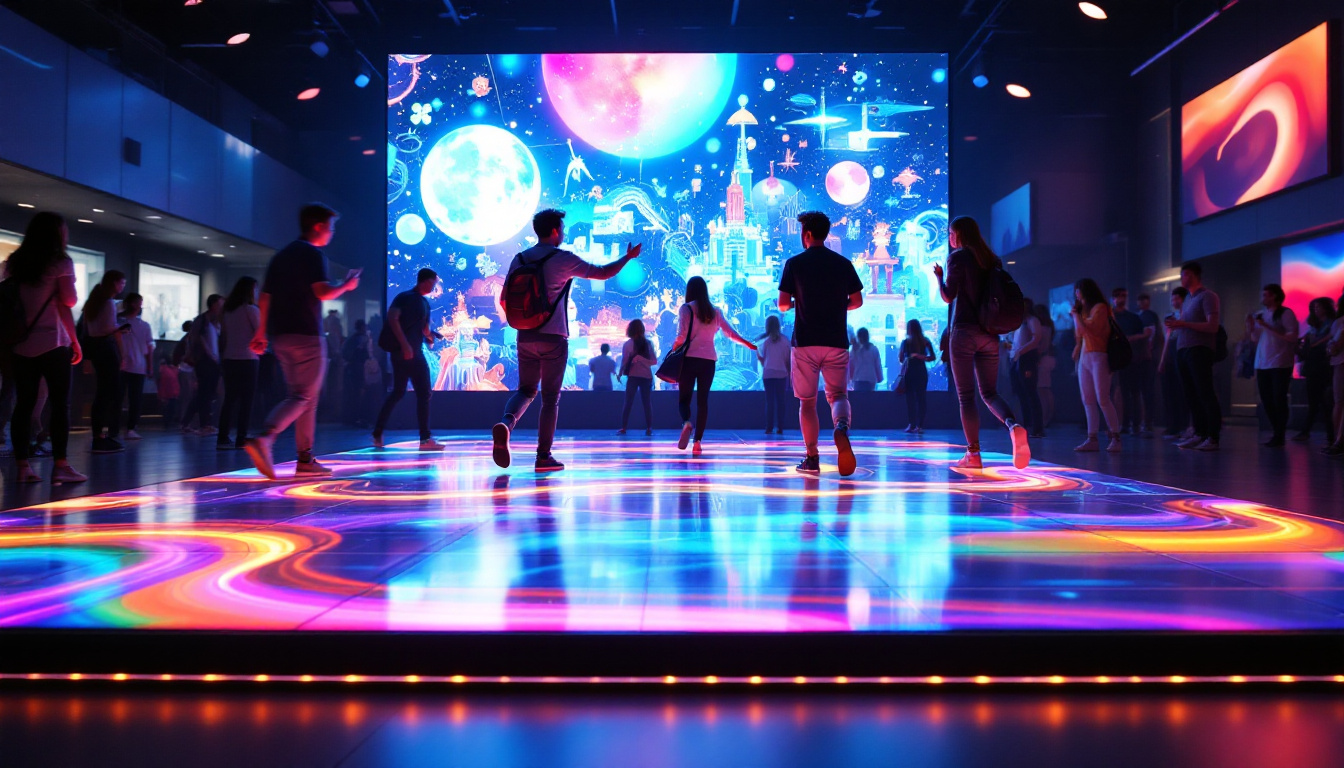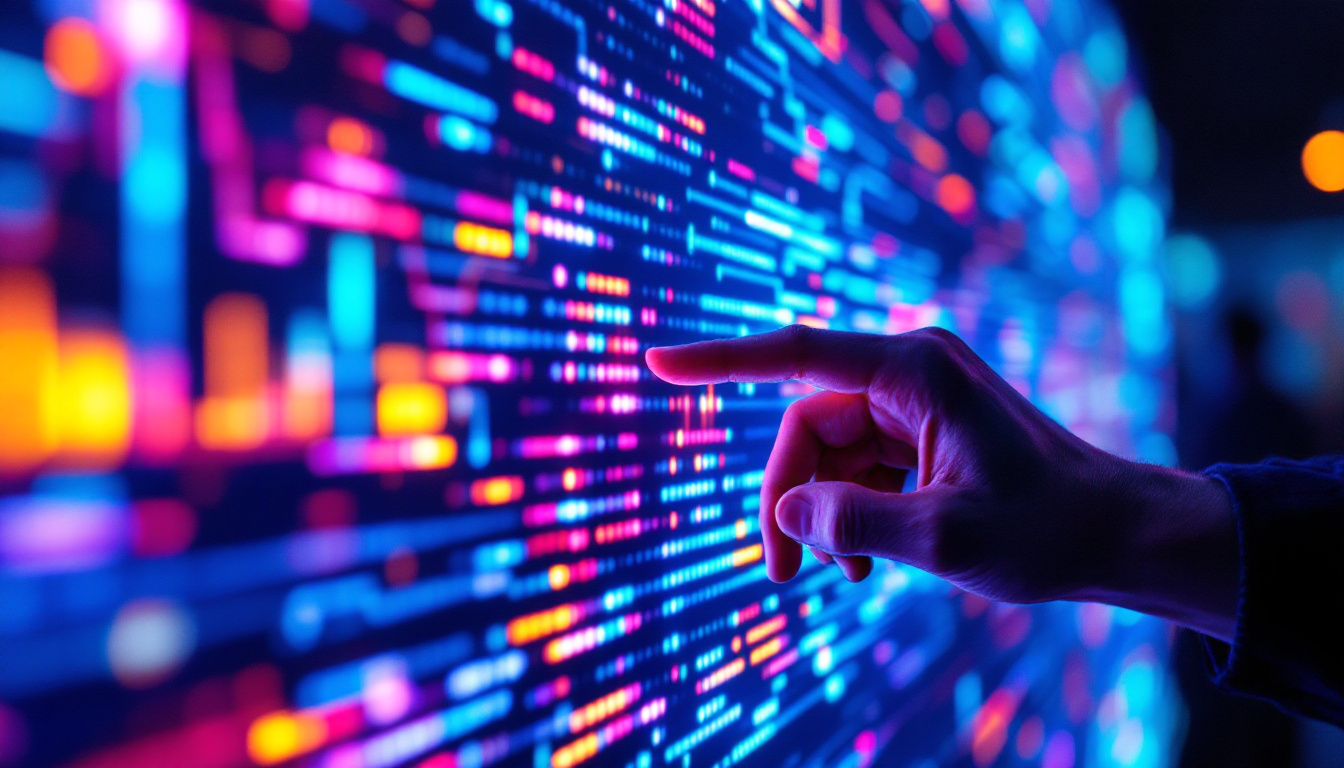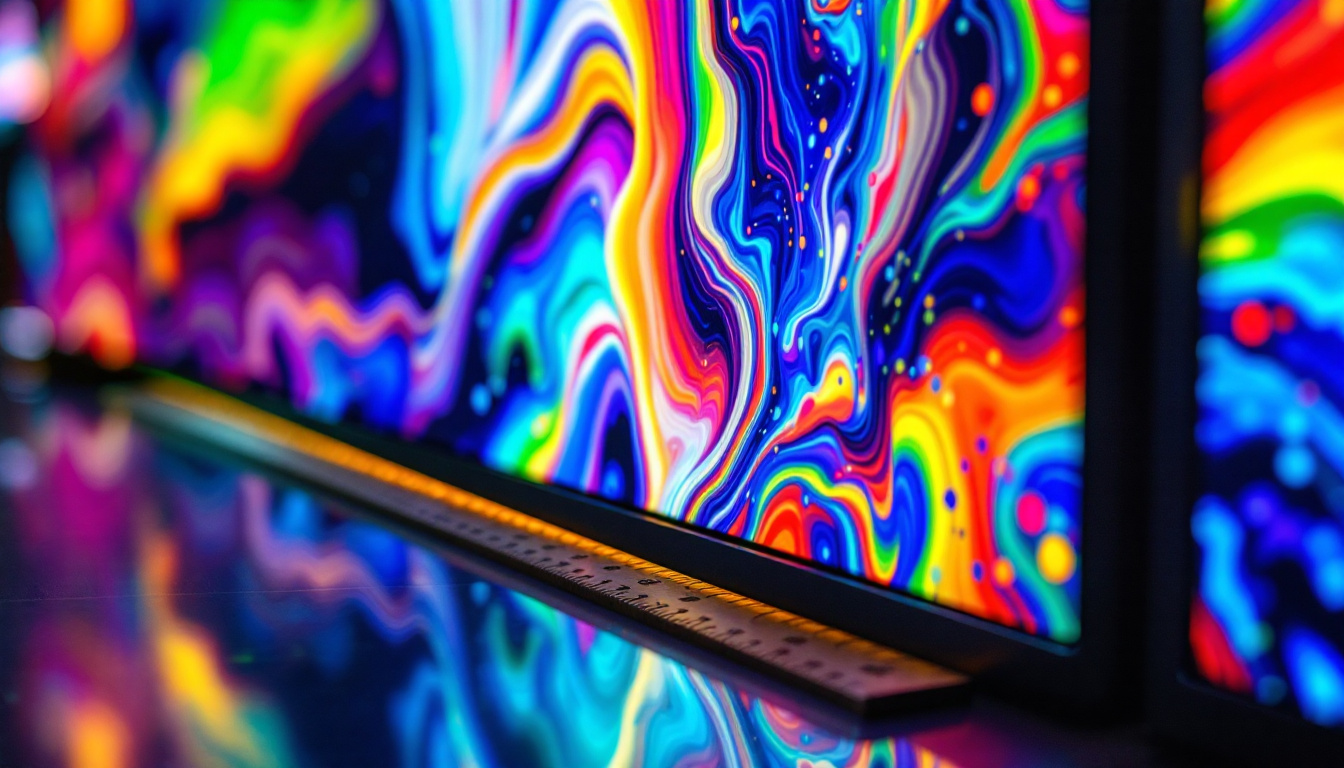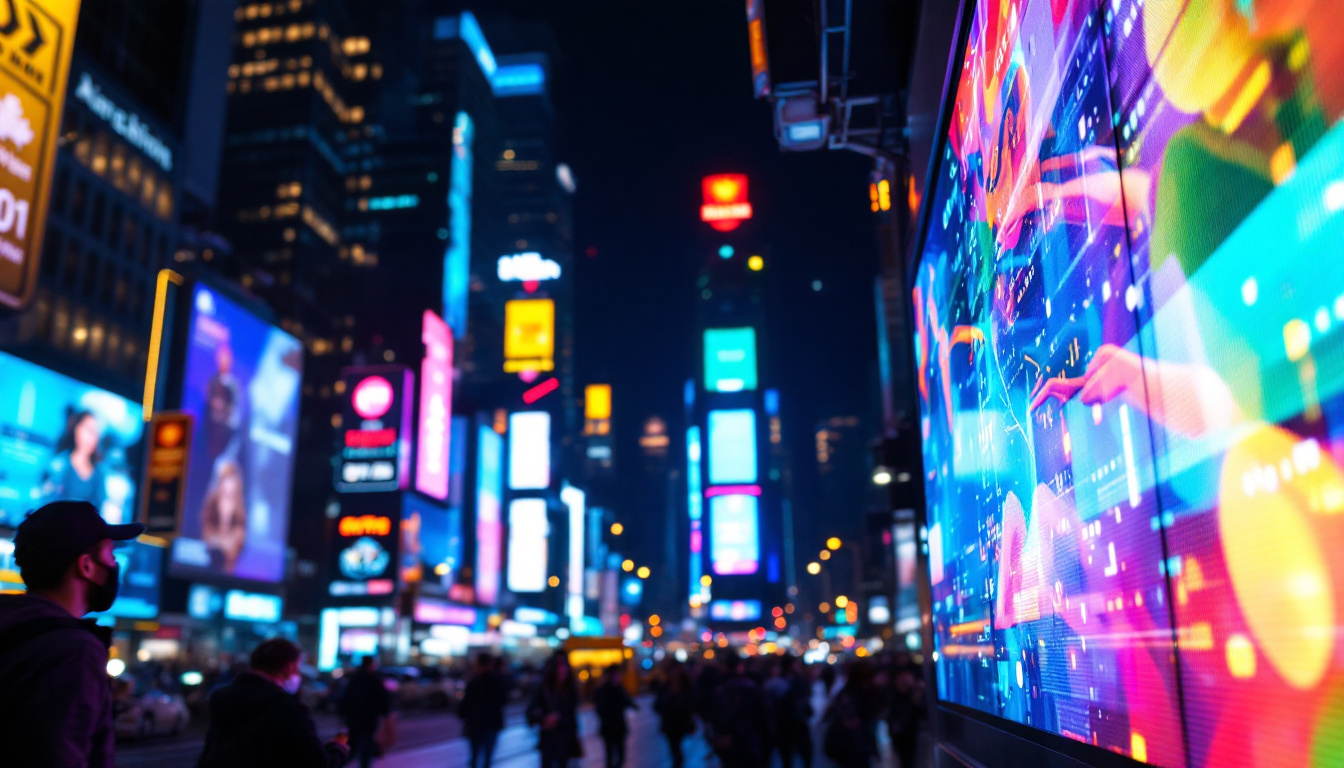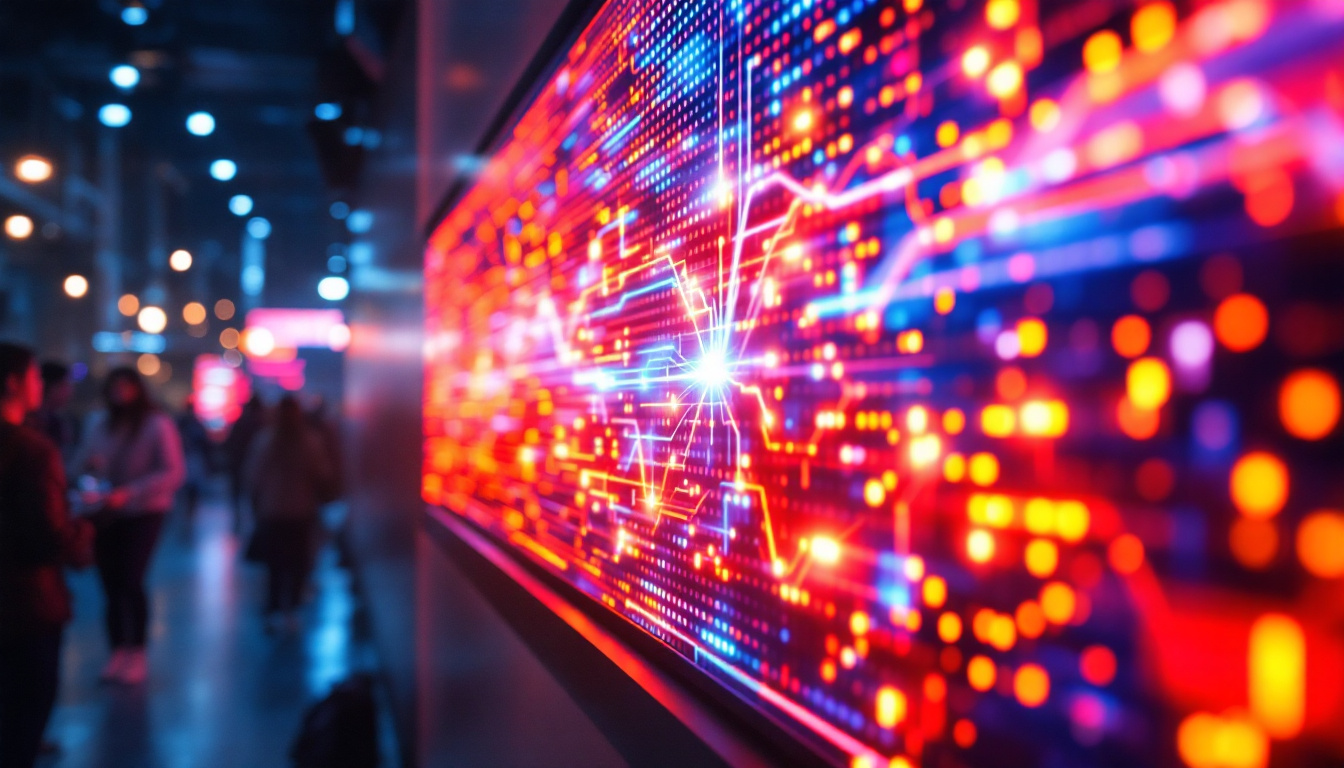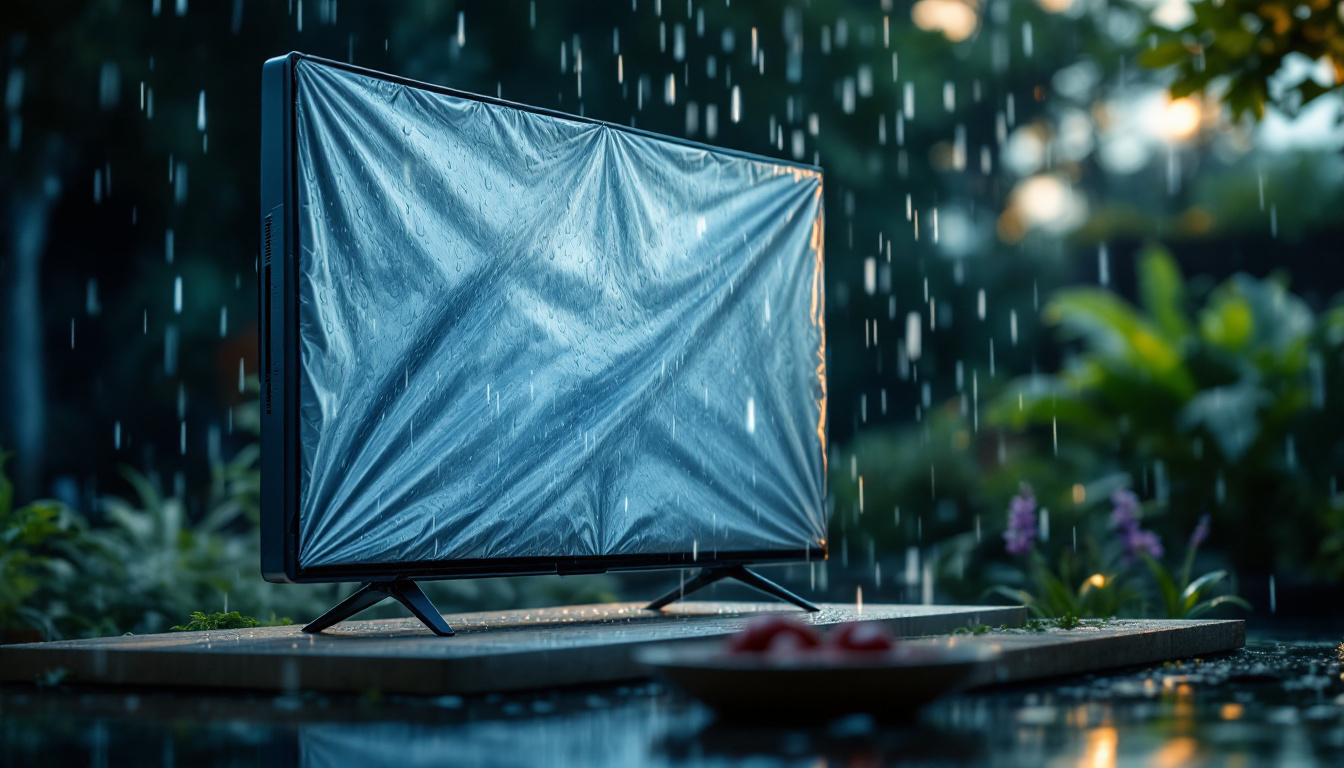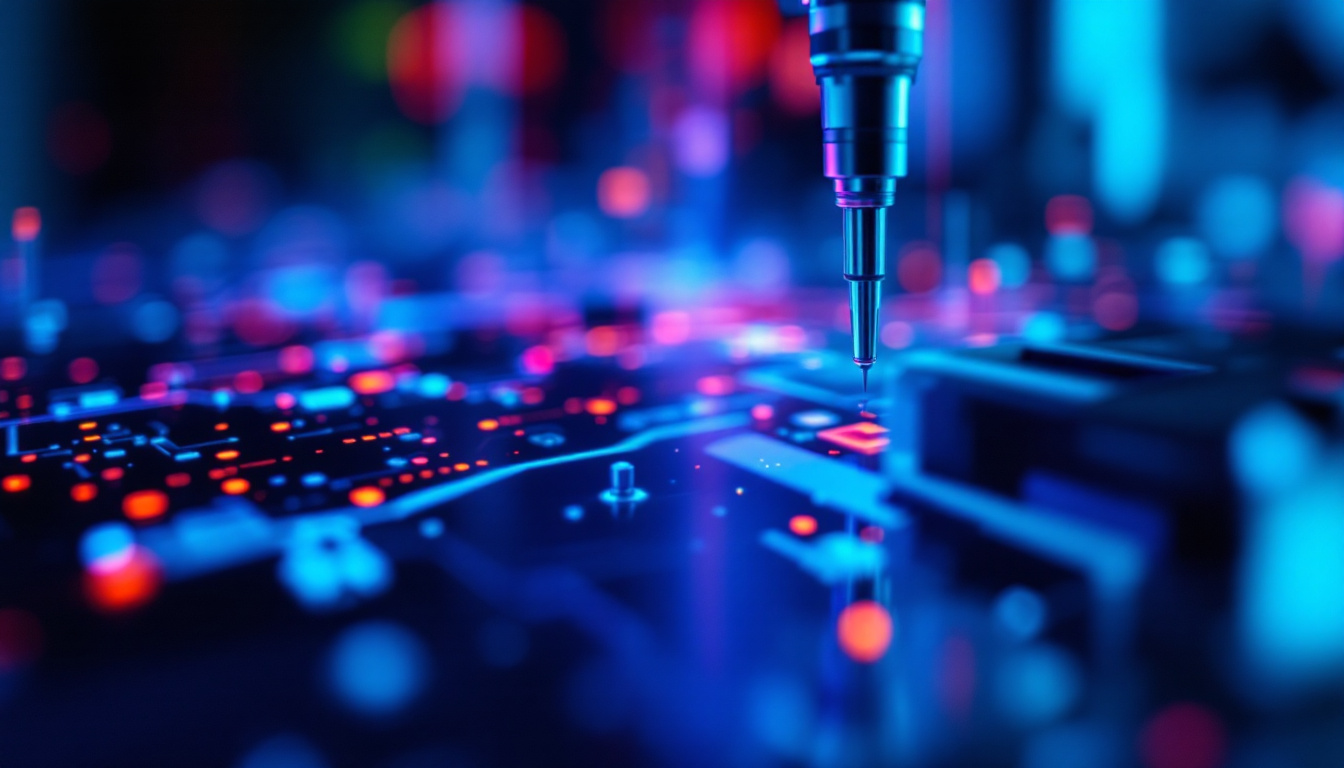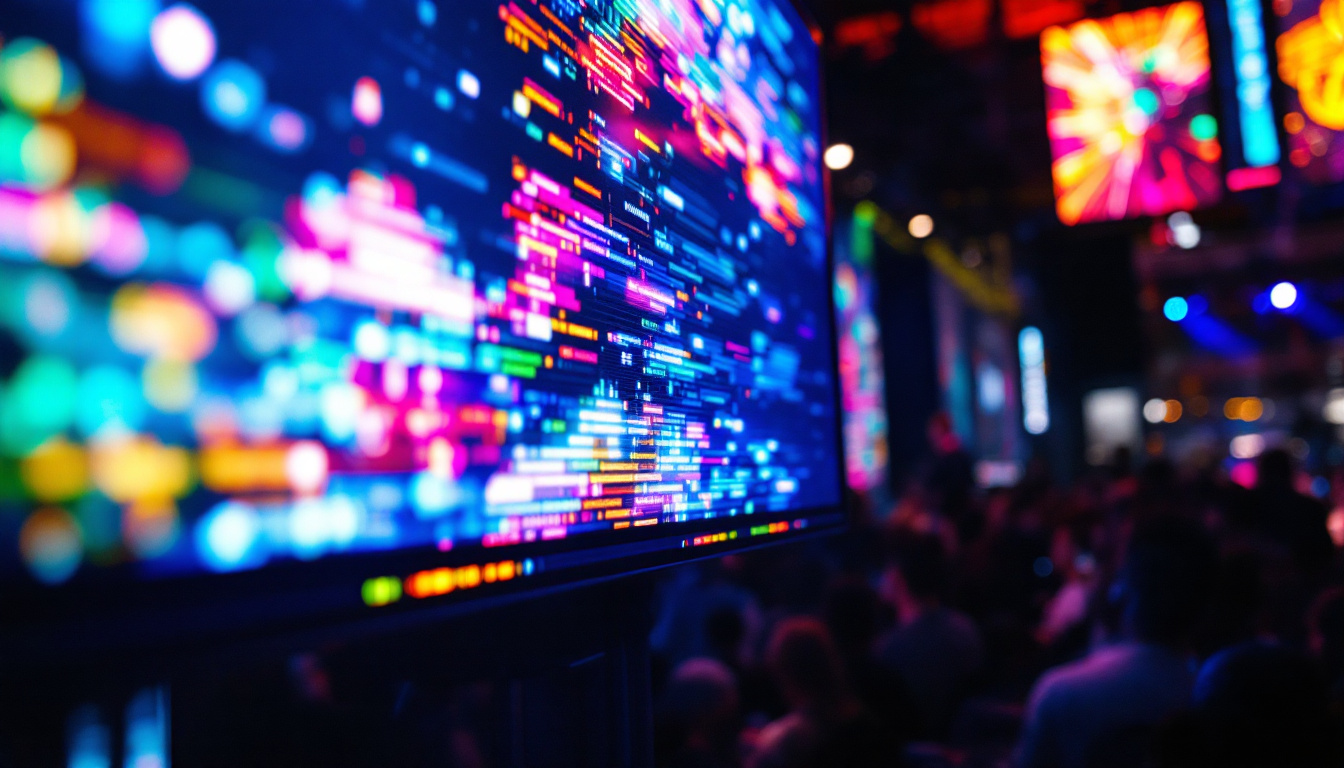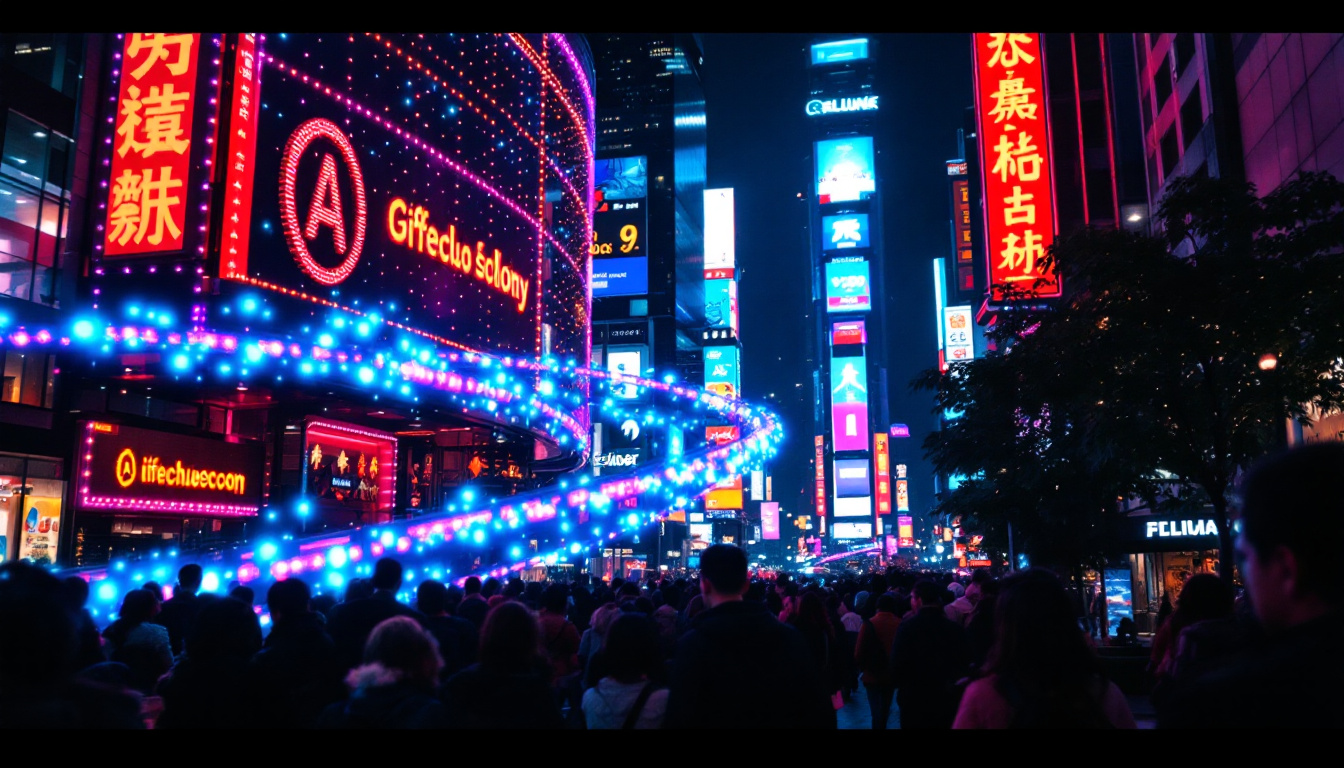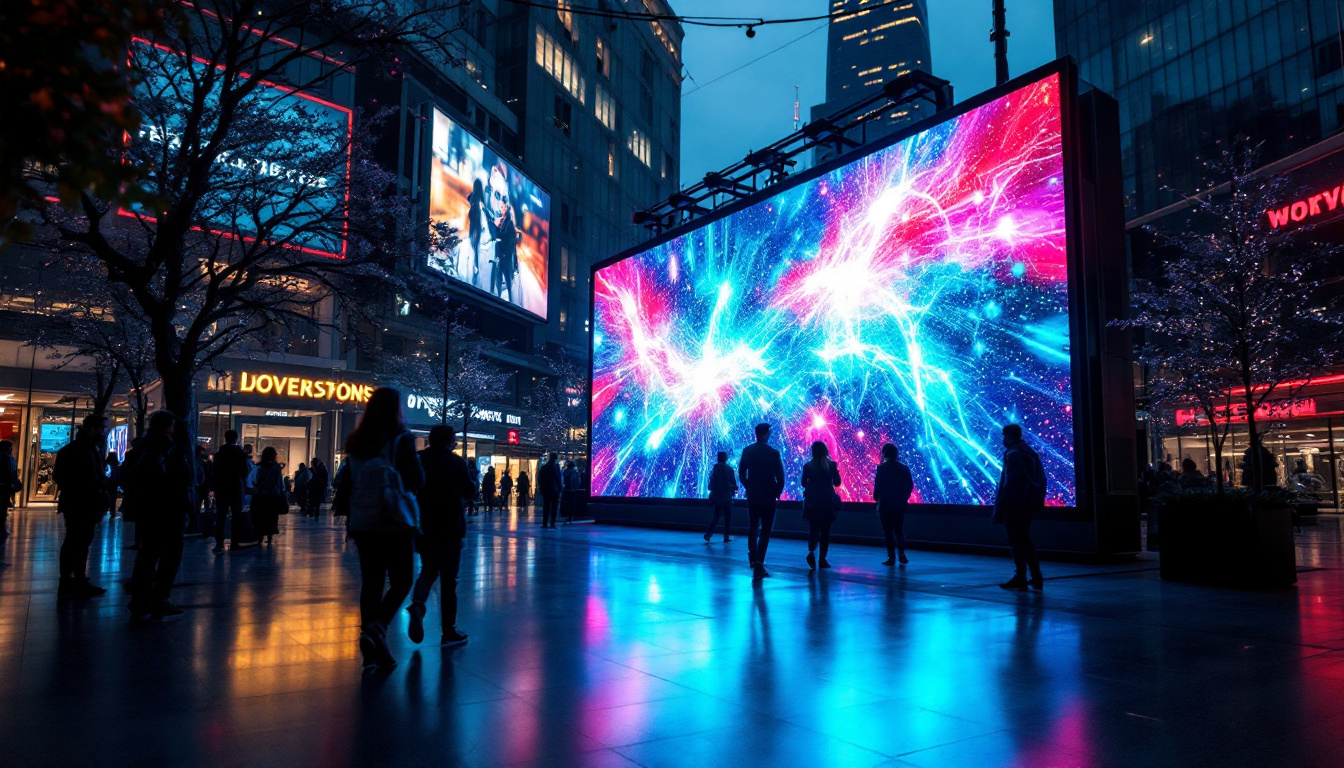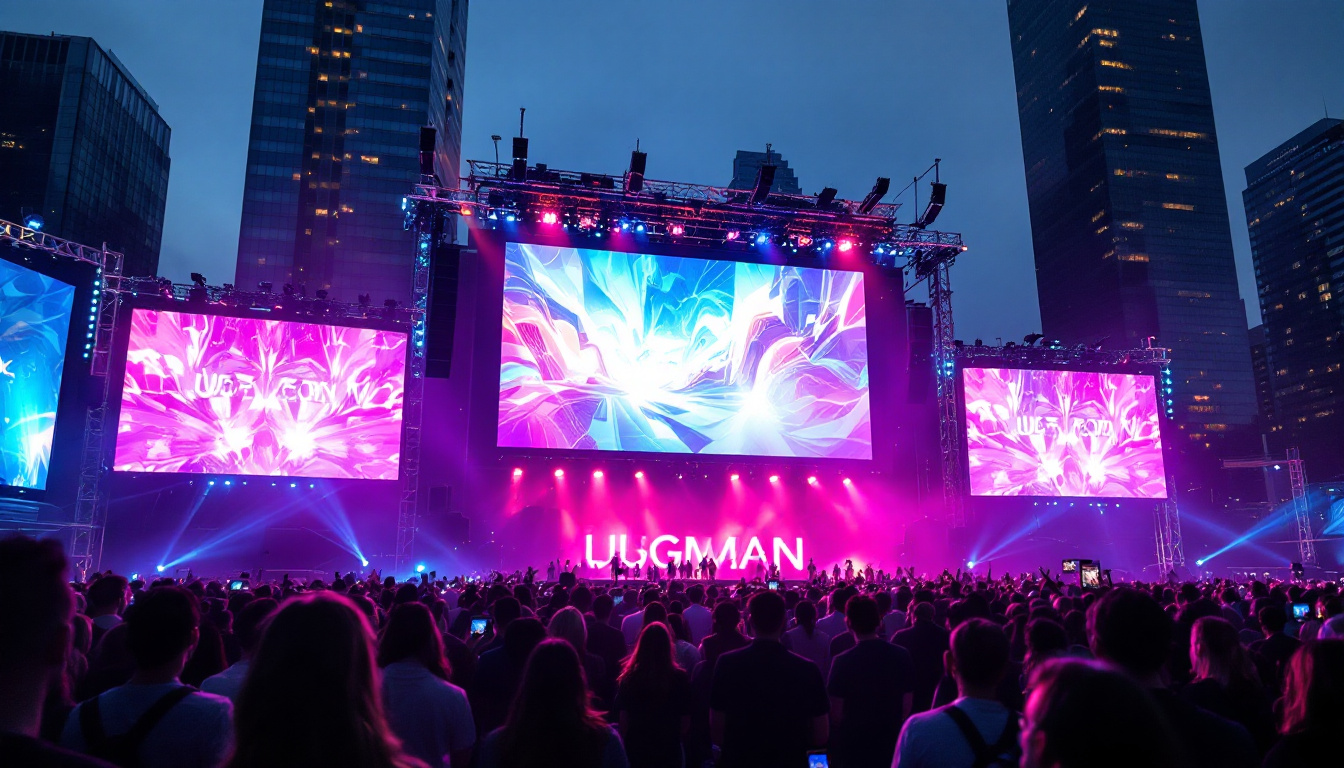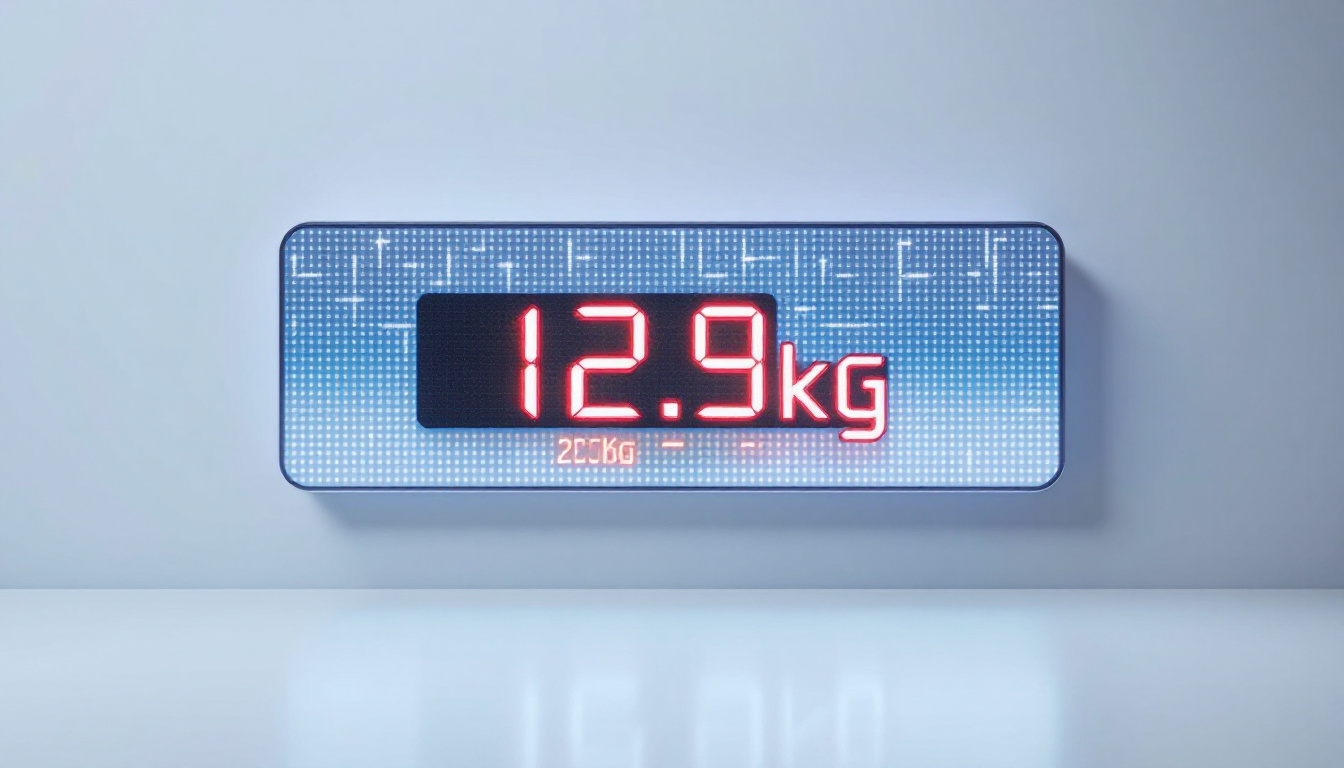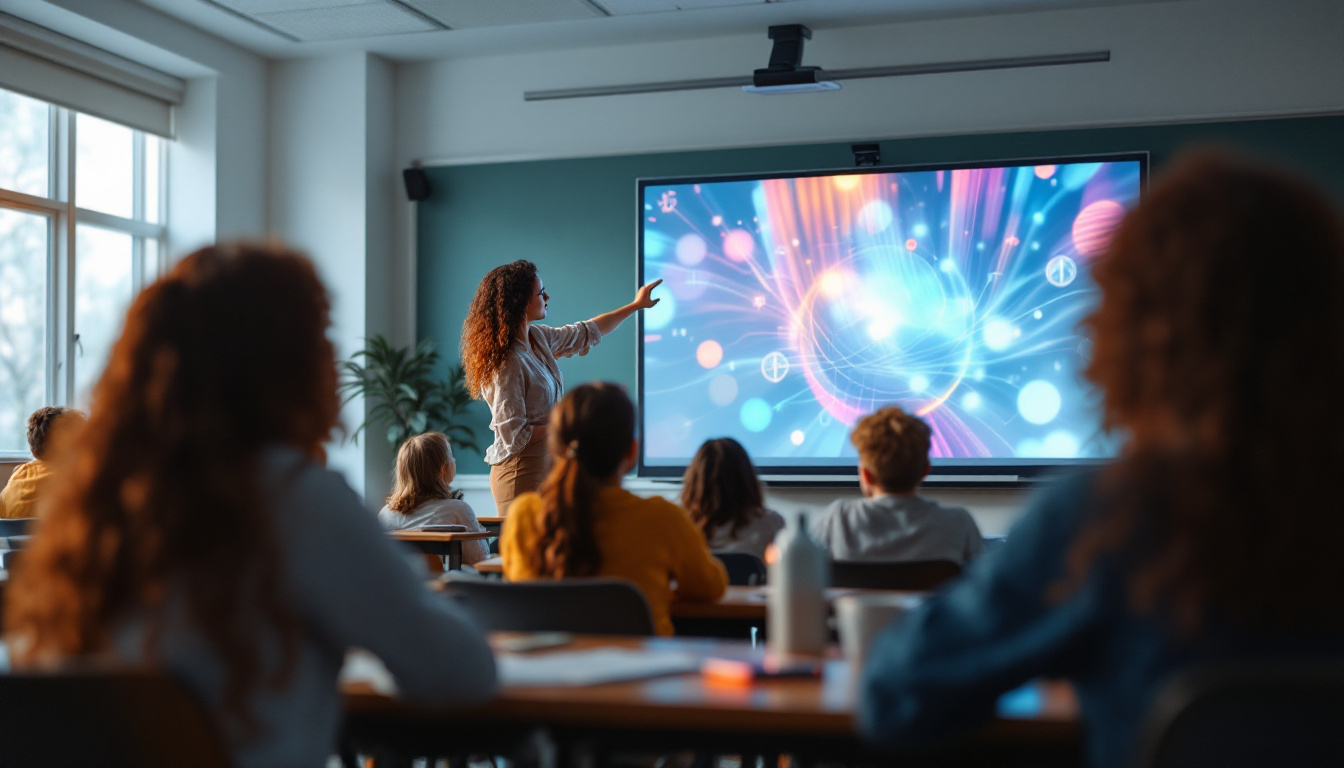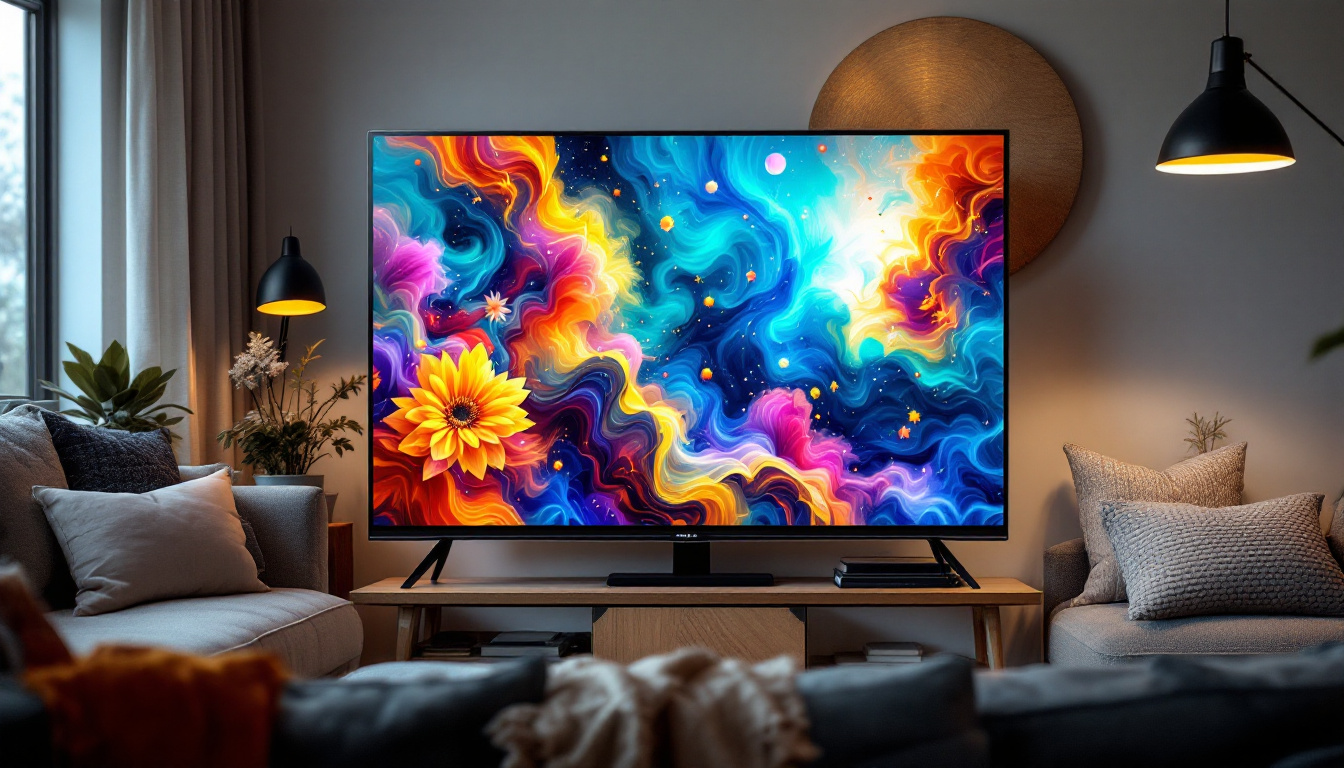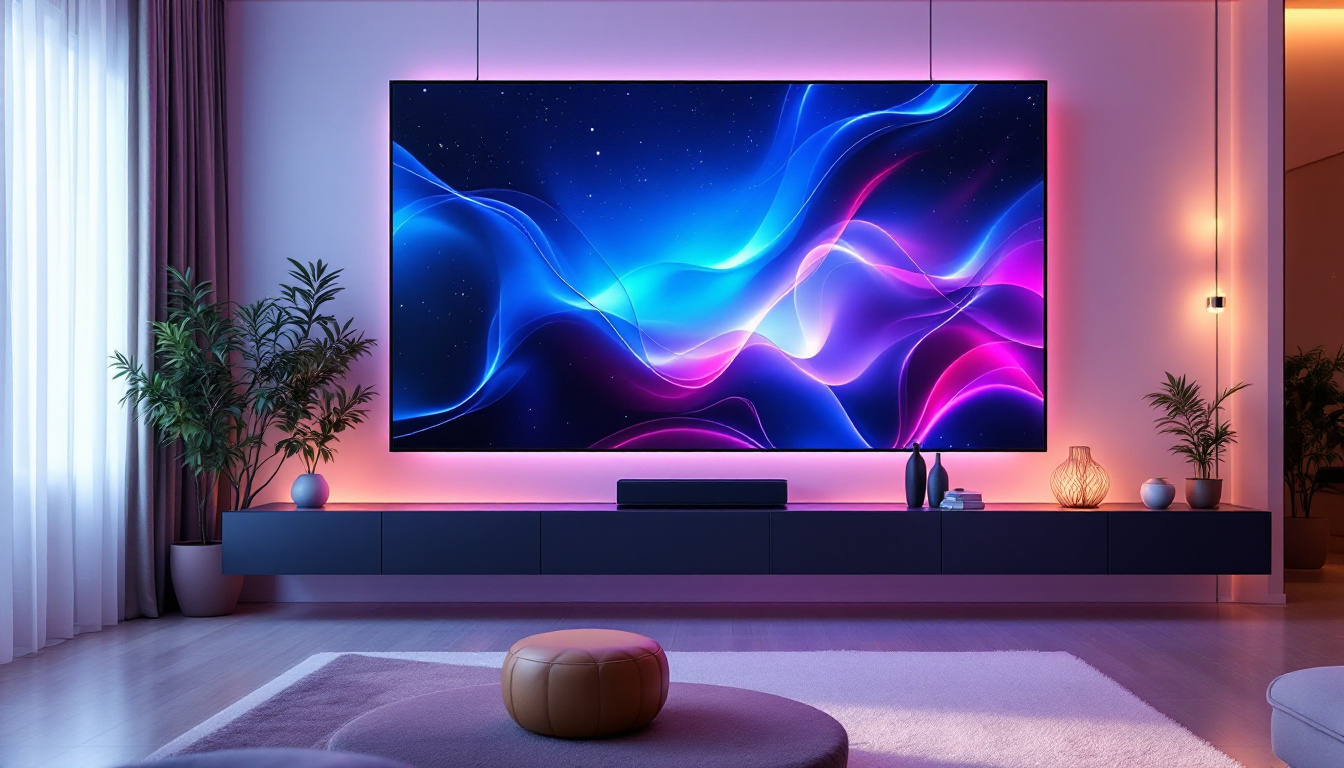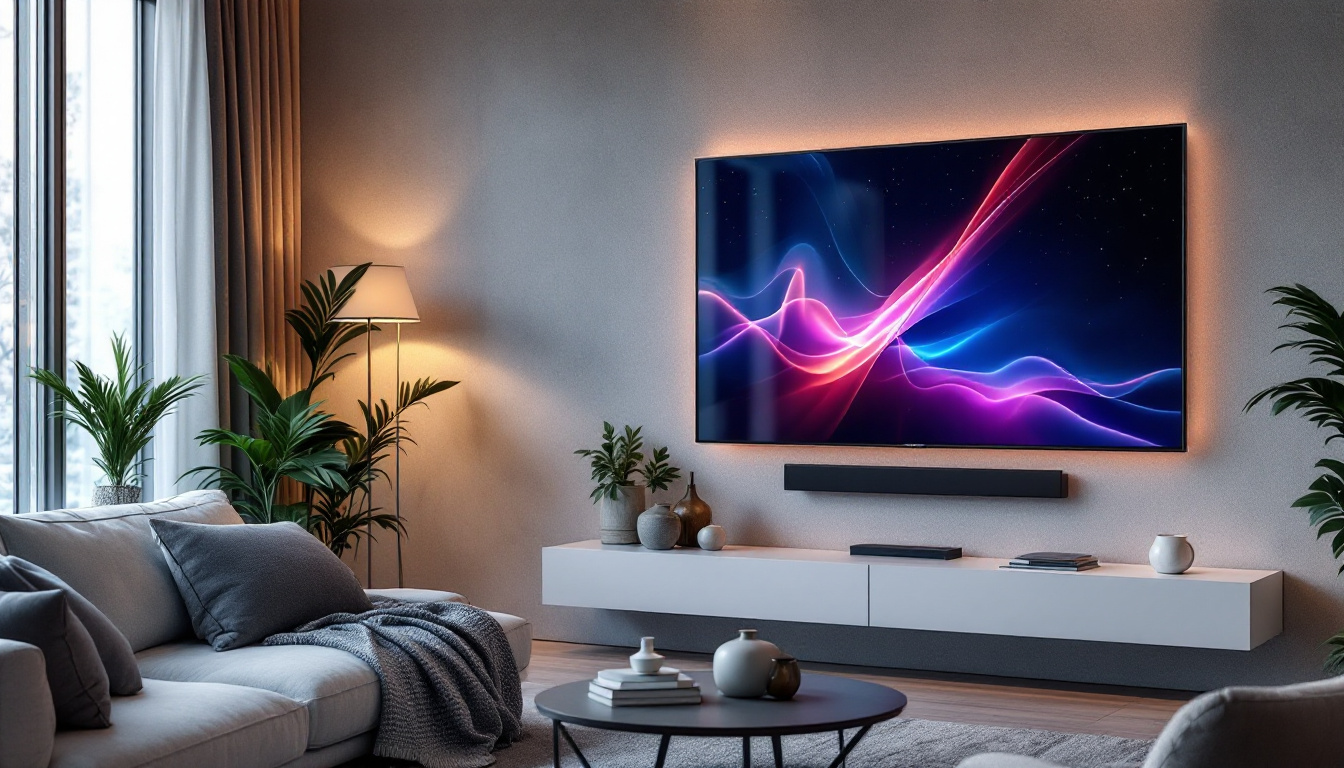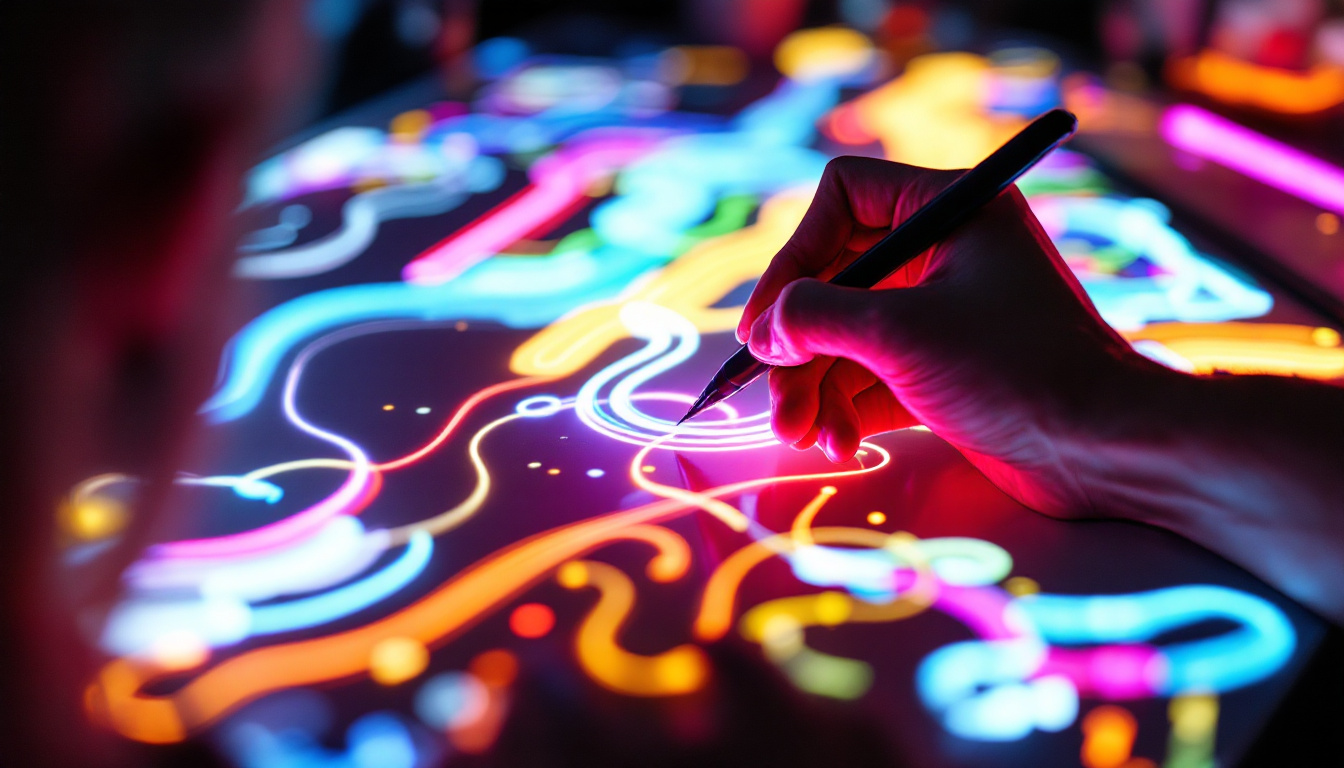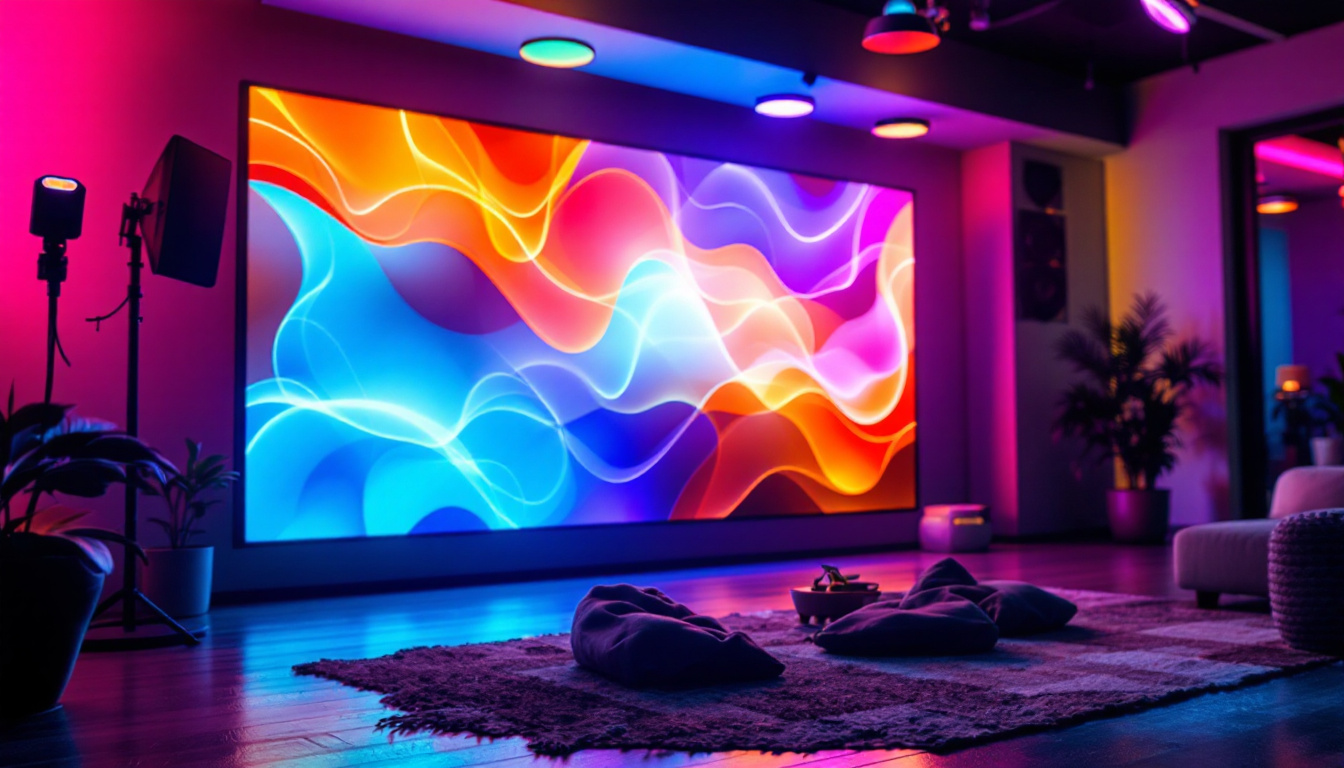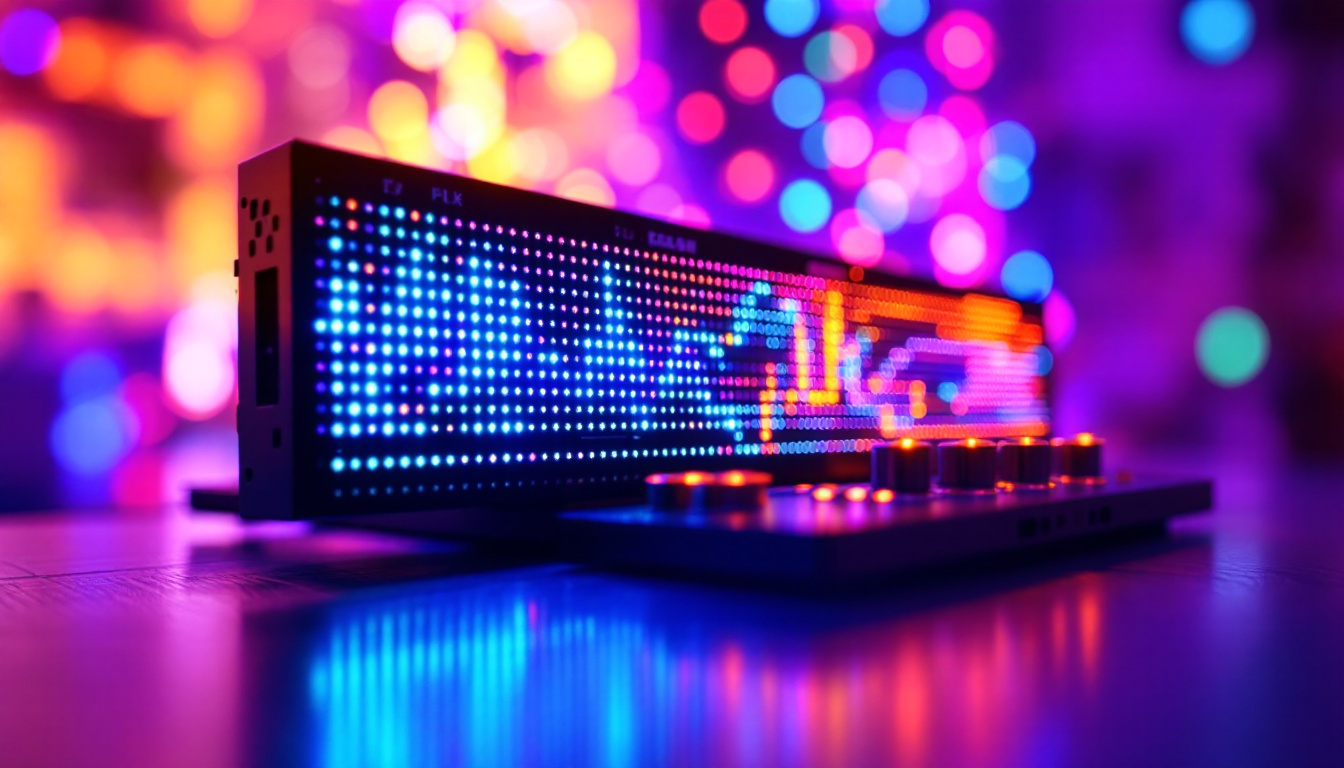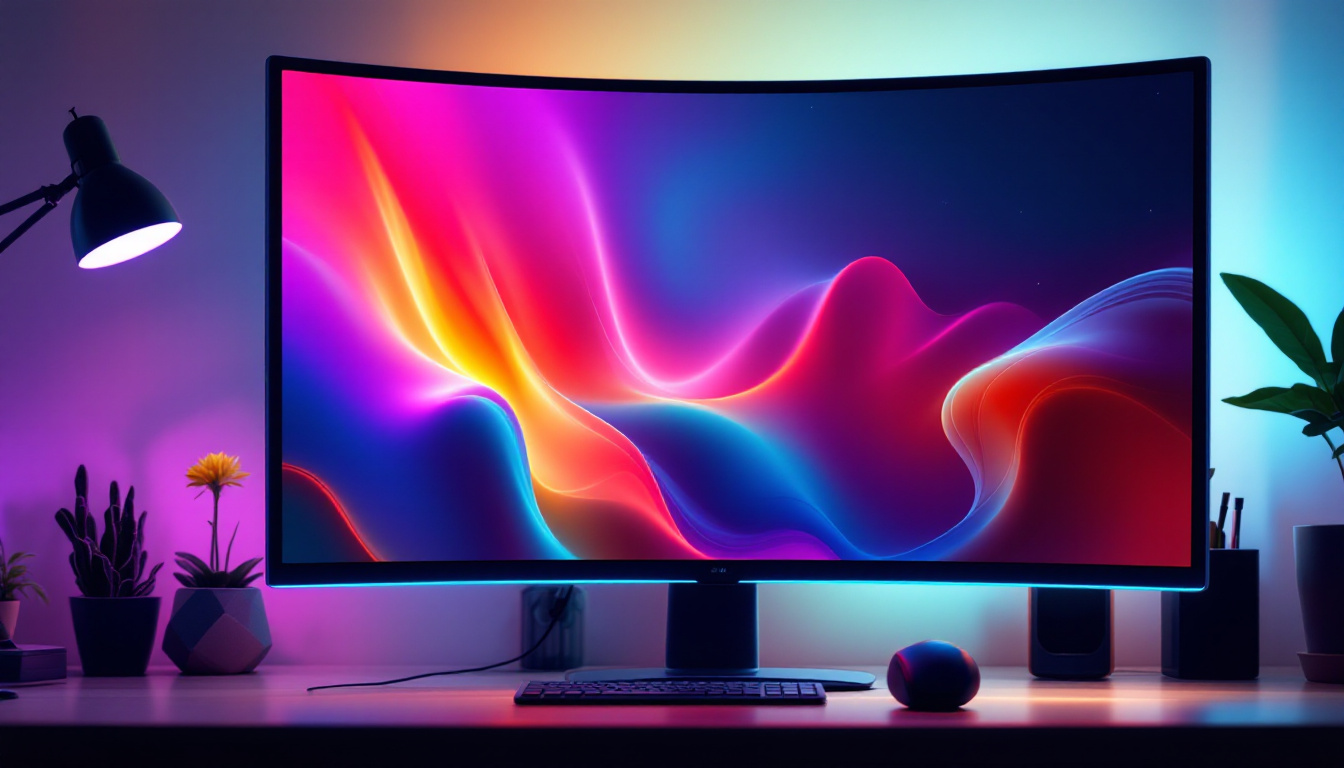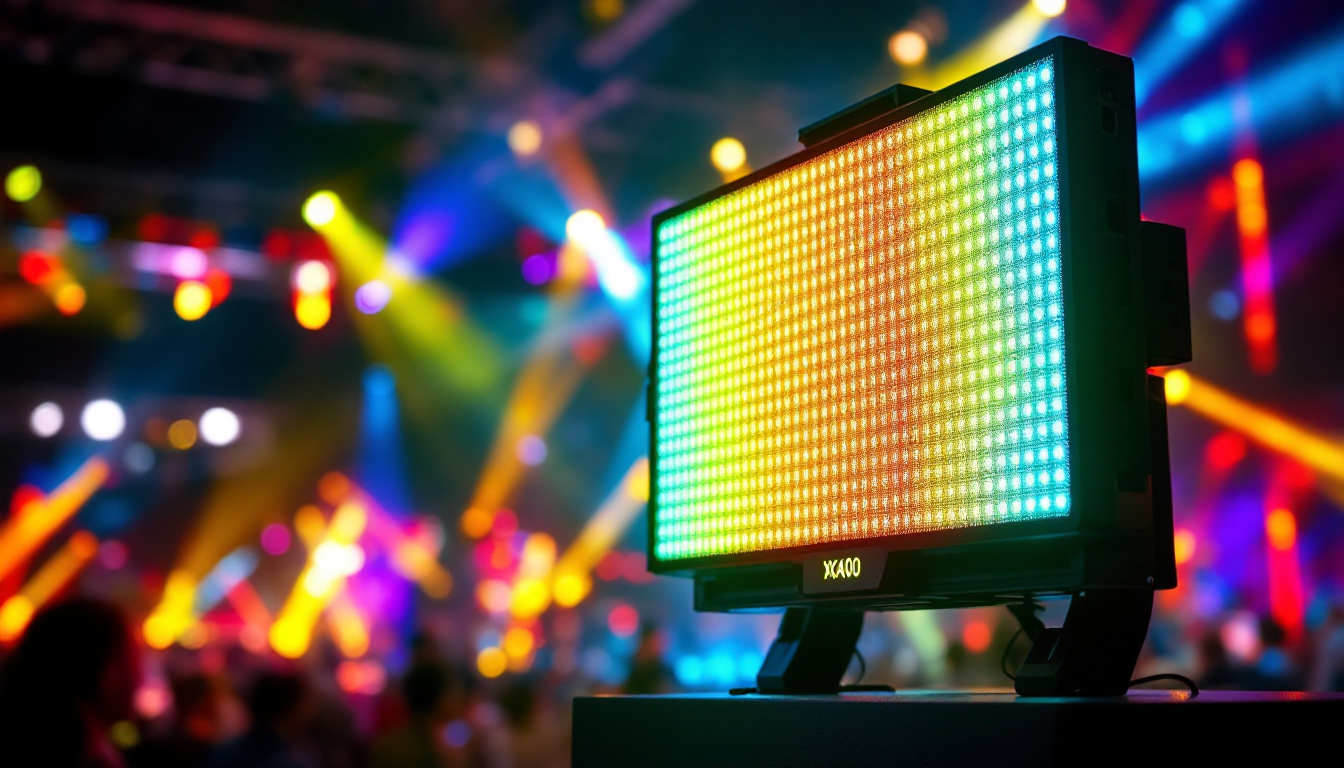In today’s digital age, the way we consume information and entertainment has drastically evolved. One of the most significant advancements in this area is the emergence of LED displays. These screens have become increasingly popular in various settings, from commercial spaces to home theaters. This article delves into the intricacies of LED displays, exploring their technology, applications, and advantages.
Understanding LED Technology
LED, or Light Emitting Diode, technology has transformed the landscape of visual displays. Unlike traditional LCD or plasma screens, LED displays utilize a series of small diodes to produce light, resulting in superior brightness and color accuracy. This shift has not only enhanced the viewing experience for consumers but has also paved the way for innovative applications across various industries, from advertising to healthcare.
How LED Displays Work
At the core of an LED display are numerous tiny diodes that emit light when an electric current passes through them. These diodes can be arranged in various configurations, including RGB (Red, Green, Blue) setups, which allow for a wide spectrum of colors. By adjusting the intensity of each diode, the display can create vivid images and videos. The precision in controlling these diodes enables dynamic content to be displayed, making LED screens ideal for environments where visual impact is crucial, such as retail spaces and live events.
There are two primary types of LED displays: direct view and backlit. Direct view LED displays consist of individual diodes that form the entire screen, while backlit LED displays use LEDs to illuminate an LCD panel from behind. Each type has its unique advantages and applications, catering to different needs and environments. For instance, direct view displays are often used for large outdoor billboards due to their high brightness and visibility in sunlight, while backlit displays are commonly found in televisions and computer monitors, providing excellent color reproduction and energy efficiency.
The Evolution of LED Displays
LED technology has come a long way since its inception. Initially used in small screens and indicators, it has evolved into large-scale displays suitable for outdoor advertising, sports arenas, and concert venues. The advancements in manufacturing processes and materials have significantly reduced costs, making LED displays more accessible to a wider audience. This democratization of technology has led to a surge in creative applications, with artists and designers utilizing LED installations to create immersive experiences in public spaces.
Moreover, the introduction of OLED (Organic LED) technology has further enhanced display quality, providing deeper blacks and improved contrast ratios. OLED displays can be made thinner and more flexible than traditional LED screens, opening up new possibilities for innovative designs, such as curved or foldable screens. As technology continues to advance, the possibilities for LED displays are virtually limitless. Emerging trends, such as microLED technology, promise even greater resolution and efficiency, potentially revolutionizing how we interact with digital content in our daily lives.
Applications of LED Displays
LED displays are versatile and can be found in a myriad of applications across various industries. Their ability to deliver high-quality visuals makes them ideal for both indoor and outdoor use.
Commercial Use
In the commercial sector, LED displays are prevalent in advertising and marketing. Retailers use large LED screens to showcase promotions, new products, and brand messages. These displays attract attention and can significantly increase foot traffic and sales.
Moreover, LED displays are commonly used in transportation hubs, such as airports and train stations, to provide real-time information to travelers. Flight schedules, delays, and other essential updates are easily communicated through these dynamic screens, enhancing the overall travel experience.
Entertainment and Events
The entertainment industry has embraced LED technology for concerts, festivals, and sporting events. Massive LED screens are often set up to provide audiences with a clear view of performances and action, regardless of their seating location. The vibrant colors and sharp images enhance the overall experience, making events more engaging and memorable.
Furthermore, LED displays are increasingly used in theaters and cinemas, providing high-quality visuals that elevate the viewing experience. The ability to display high-resolution content in real-time allows filmmakers to showcase their work in the best possible light.
Home Use
As LED technology has become more affordable, many homeowners are opting for LED displays in their entertainment setups. From large-screen televisions to projectors, LED technology offers superior picture quality and energy efficiency. Smart TVs equipped with LED screens can stream content in stunning clarity, providing an immersive viewing experience.
Additionally, LED displays are becoming popular in home automation systems, where they can serve as control panels for smart devices. Their sleek design and versatility make them a perfect fit for modern living spaces.
Advantages of LED Displays
LED displays offer numerous advantages over traditional display technologies, making them a preferred choice for many applications. Understanding these benefits can help individuals and businesses make informed decisions when investing in display solutions.
Energy Efficiency
One of the standout features of LED displays is their energy efficiency. Compared to traditional LCD and plasma screens, LED displays consume significantly less power. This not only reduces electricity costs but also contributes to a more sustainable environment. The longevity of LED technology further enhances its appeal, as these displays can last for tens of thousands of hours with minimal degradation in quality.
Brightness and Color Accuracy
LED displays are known for their exceptional brightness levels, making them suitable for both indoor and outdoor environments. The ability to produce vibrant colors and deep contrasts ensures that content is displayed accurately and attractively. This characteristic is particularly beneficial in high-ambient light settings, where traditional displays may struggle to maintain visibility.
Additionally, the color reproduction capabilities of LED displays are superior, allowing for a more immersive viewing experience. This is particularly important in applications where visual fidelity is crucial, such as in art galleries or during live performances.
Durability and Versatility
LED displays are built to withstand various environmental conditions, making them a durable choice for outdoor applications. They are resistant to shock, vibration, and temperature fluctuations, ensuring reliable performance in demanding settings. This durability extends the lifespan of the display, reducing the need for frequent replacements.
Moreover, the versatility of LED displays allows for a wide range of configurations and sizes. Whether it’s a small screen for a retail space or a massive display for a stadium, LED technology can be tailored to meet specific requirements. This adaptability makes it a popular choice across various industries.
Challenges and Considerations
While LED displays offer numerous advantages, there are also challenges and considerations to keep in mind when selecting and implementing this technology.
Initial Costs
Despite the decreasing prices of LED technology, the initial investment can still be significant, especially for large-scale installations. Businesses and individuals must weigh the upfront costs against the long-term savings and benefits of energy efficiency and longevity. Conducting a thorough cost-benefit analysis can help in making an informed decision.
Viewing Angles and Distance
Another consideration is the viewing angle and distance. While LED displays provide excellent image quality, the optimal viewing experience can vary based on the screen’s pixel pitch and resolution. For large displays, it is essential to ensure that the screen is positioned at a suitable distance for viewers to appreciate the content fully.
In some cases, a higher resolution may be necessary to maintain image clarity at closer viewing distances. This is particularly relevant in environments like control rooms or conference centers, where multiple viewers may be positioned at varying distances.
Maintenance and Upkeep
LED displays, like any technology, require regular maintenance to ensure optimal performance. Dust, dirt, and environmental factors can impact the display’s clarity and brightness. Implementing a routine maintenance schedule can help extend the lifespan of the display and maintain its visual quality.
Additionally, staying updated with software and firmware updates is crucial for ensuring that the display operates efficiently and securely. Engaging with professional service providers for installation and maintenance can alleviate some of these challenges.
The Future of LED Displays
The future of LED displays looks promising, with ongoing advancements in technology and applications. As the demand for high-quality visual content continues to grow, manufacturers are innovating to meet these needs.
Emerging Technologies
One of the most exciting developments in LED technology is the rise of microLED displays. These displays utilize microscopic LEDs, allowing for even higher resolutions and improved color accuracy. MicroLED technology promises to enhance the viewing experience further, making it a game-changer for various applications.
Additionally, advancements in flexible and transparent LED displays are opening new possibilities for creative applications. These innovative designs can be integrated into various surfaces, from windows to walls, providing an interactive and immersive experience.
Integration with Smart Technologies
As smart technology continues to evolve, the integration of LED displays with IoT (Internet of Things) devices is becoming increasingly common. This integration allows for dynamic content delivery based on real-time data, enhancing user engagement and interaction. For example, digital signage can display personalized advertisements or information based on customer behavior and preferences.
Moreover, the incorporation of AI (Artificial Intelligence) can further optimize content delivery and maintenance, ensuring that displays operate efficiently and effectively.
Conclusion
LED displays have revolutionized the way information and entertainment are presented, offering unparalleled brightness, color accuracy, and versatility. Their applications span various industries, from commercial advertising to home entertainment, making them a valuable investment for many.
While there are challenges to consider, the benefits of LED technology far outweigh the drawbacks. As advancements continue, the future of LED displays promises to be even more exciting, paving the way for innovative applications and enhanced user experiences.
In a world where visual communication is paramount, understanding and embracing LED display technology is essential for staying ahead in the digital landscape.
Discover LumenMatrix LED Display Solutions
Ready to elevate your visual experience with the latest in LED technology? LumenMatrix is at the forefront of innovation, offering a diverse range of LED display solutions tailored to your needs. Whether you’re looking to enhance your brand’s visibility with an Indoor LED Wall Display, captivate passersby with an Outdoor LED Wall Display, or create dynamic visual experiences with our Custom and All-in-One LED Displays, we have you covered. Embrace the future of digital signage with LumenMatrix and transform the way you communicate with your audience. Check out LumenMatrix LED Display Solutions today and start making an unforgettable impact.

